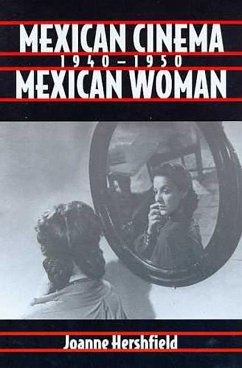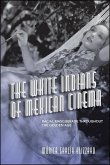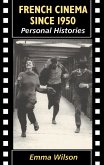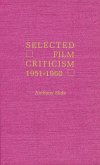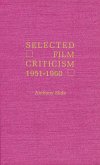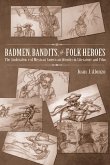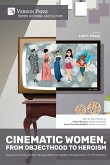The female image has been an ambiguous one in Mexican culture, and the place of women in Mexican cinema is no less tenuous--yielding in the films of Luis Bunuel and others a range of characterizations from virgin to whore, mother to femme fatale. "Mexican Cinema/Mexican Woman, 1940-1950" examines a singular moment in the history of Mexican film to investigate the ways in which the cinematic figures of woman functioned to mediate narrative and social debates. The book raises new questions about the relations between woman and cinema. It will have broad appeal among students and scholars of film, feminist studies, and Latin American studies, as well as those interested in the popular culture of Mexico. Considering the historical and cultural representations of sexual difference as well as race and class, Hershfield closely examines the portrayal of women and gender identity in six films: Maria Candelaria (Emilio Fernandez, 1943), Rio Escondido (Emilio Fernandez, 1947), Distinto amanecer (Julio Bracho, 1943), Salon Mexico (Emilio Fernandez, 1948), Dona Barbara (Fernando de Fuentes, 1943), and Susana (Carne y demonio) (Luis Bunuel, 1950).

